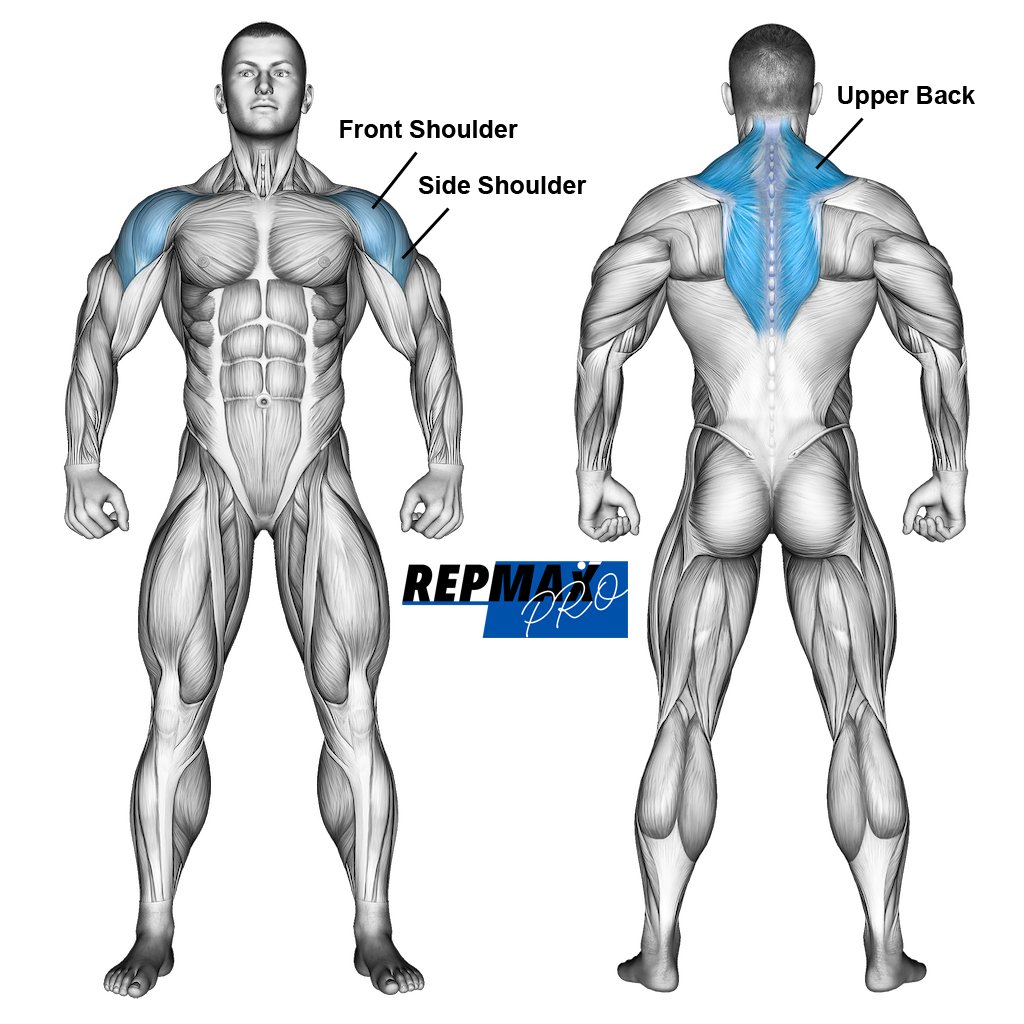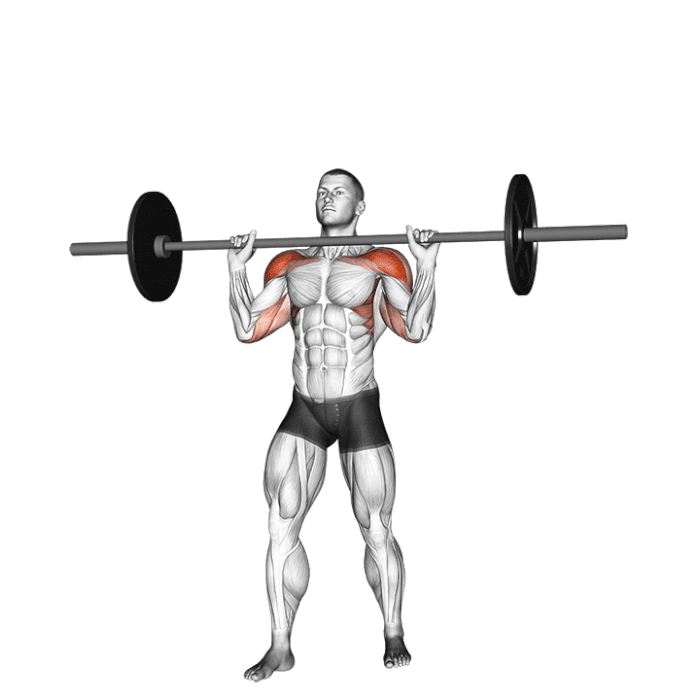Cable Rear Drive
The Cable Rear Drive is a powerful exercise designed to target the muscles of the upper back and shoulders. This exercise uses a cable machine to provide constant resistance, allowing for a full range of motion and effective muscle engagement. Whether you’re an athlete looking to enhance your performance or someone aiming to build a strong, well-defined upper body, the Cable Rear Drive is an excellent addition to your workout routine.
Targeted Muscle Groups

Primary Muscles:
- Rear Deltoids: The primary muscle group targeted during the Cable Rear Drive is the rear deltoids, located at the back of the shoulders. These muscles are crucial for shoulder movement and stability.
- Rhomboids: These muscles, located between the shoulder blades, are responsible for retracting the scapulae and play a significant role in maintaining good posture.
Secondary Muscles:
- Trapezius: The upper and middle fibers of the trapezius assist in shoulder movement and stabilization.
- Latissimus Dorsi: While not the primary focus, the lats are engaged during the pulling motion to assist with the movement.
- Biceps: The biceps are activated as secondary muscles, aiding in the pulling movement.
Equipment Needed
To perform the Cable Rear Drive, you will need:
- Cable Machine: A standard cable machine with an adjustable pulley system is essential. The pulley should be set at shoulder height or slightly above.
- Single-Hand Grip Attachment: A single-hand grip attachment is used to perform the exercise one arm at a time, allowing for greater focus on the rear deltoids.
How to Do the Cable Rear Drive: Step-by-Step Guide
Step 1: Setup
- Attach the single-hand grip to the cable machine and set the pulley at shoulder height.
- Stand facing the machine, with your feet shoulder-width apart. Grab the handle with one hand and take a small step back to create tension in the cable.

Muscles used in the military press.
Illustration credit © Aliaksandr Makatserchyk
Step 2: Positioning
- Bend your knees slightly and engage your core for stability. Your arm should be extended in front of you, parallel to the ground.
Step 3: Execution
- Exhale as you pull the handle straight back, keeping your elbow slightly bent and in line with your shoulder. Focus on squeezing your shoulder blade towards your spine as you pull.
- Pause briefly at the peak of the contraction, feeling the tension in your rear deltoid and upper back muscles.
- Inhale as you slowly return to the starting position, allowing the cable to resist the movement back.
Step 4: Repeat
- Complete the desired number of repetitions on one side before switching to the other arm.
Recommended Reps and Sets
- Beginners: 3 sets of 10-12 reps per arm
- Intermediate: 3-4 sets of 12-15 reps per arm
- Advanced: 4-5 sets of 15-20 reps per arm
Rest for 30-60 seconds between sets, depending on your fitness level and goals.
Pro Tips for Success
- Focus on Form: Ensure your shoulder remains down and away from your ear during the movement. This helps to isolate the rear deltoid and upper back muscles effectively.
- Controlled Movements: Perform each repetition with control, especially during the eccentric phase (returning to the starting position), to maximize muscle engagement.
- Engage Your Core: Keeping your core tight will help maintain proper posture and prevent unnecessary strain on your lower back.
- Mind-Muscle Connection: Concentrate on the muscles being worked, particularly the rear deltoids, to ensure they are fully activated throughout the exercise.
Common Mistakes to Avoid
- Using Too Much Weight: Lifting too heavy can lead to poor form, reducing the effectiveness of the exercise and increasing the risk of injury.
- Allowing the Elbow to Drop: Ensure your elbow stays in line with your shoulder throughout the movement. Dropping the elbow reduces the focus on the rear deltoid.
- Rushing the Movement: Avoid performing the exercise too quickly. Slow, controlled movements are more effective for muscle development.
- Shrugging the Shoulders: Keep your shoulders down and relaxed to avoid engaging the trapezius excessively, which can detract from the focus on the rear deltoids.
The Cable Rear Drive is an excellent exercise for targeting the rear deltoids and upper back muscles. By focusing on proper form, controlled movements, and maintaining a strong mind-muscle connection, you can effectively strengthen and develop these key muscle groups. Including the Cable Rear Drive in your workout routine will not only enhance your shoulder stability and posture but also contribute to a balanced and well-defined upper body.
